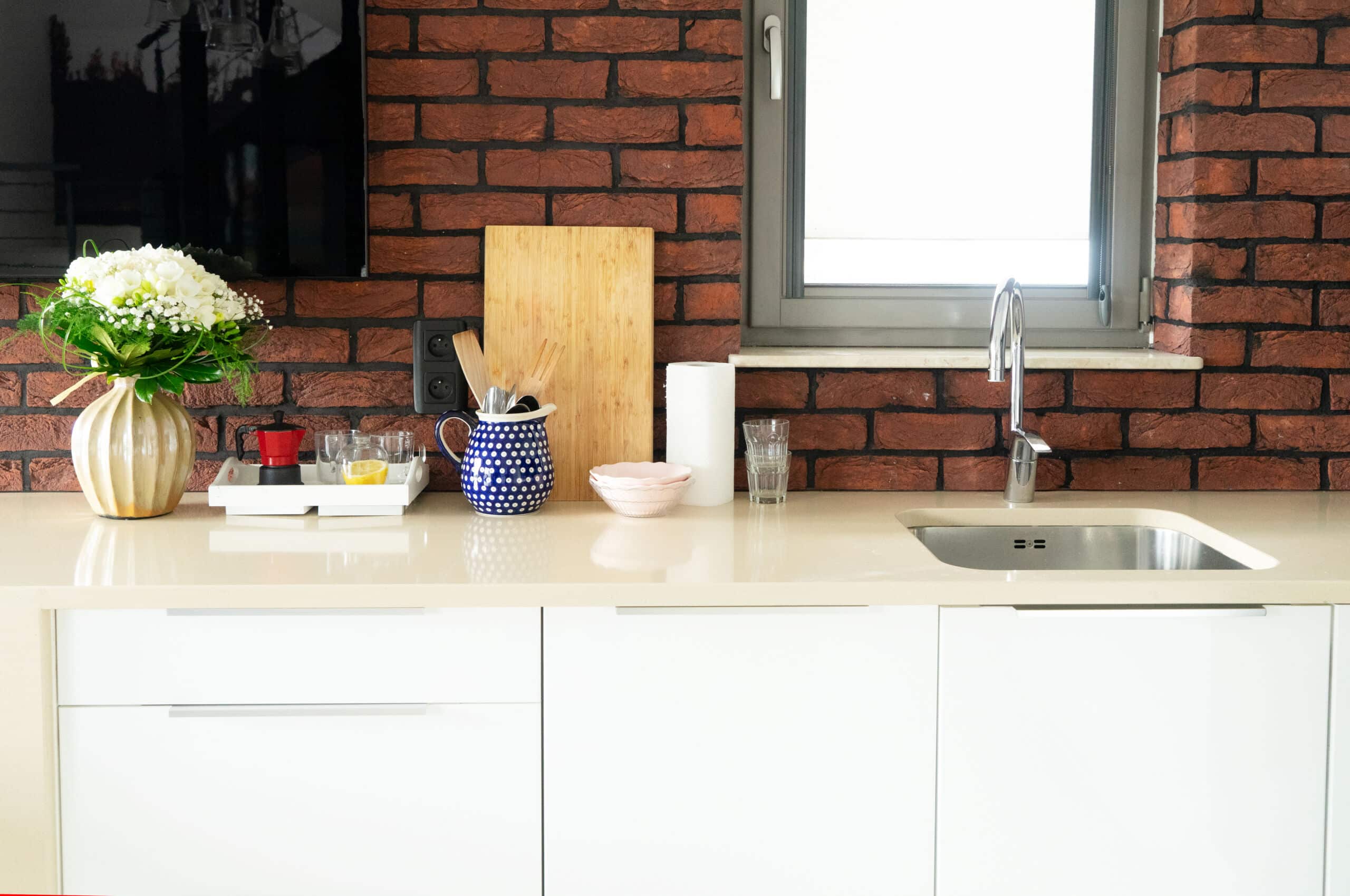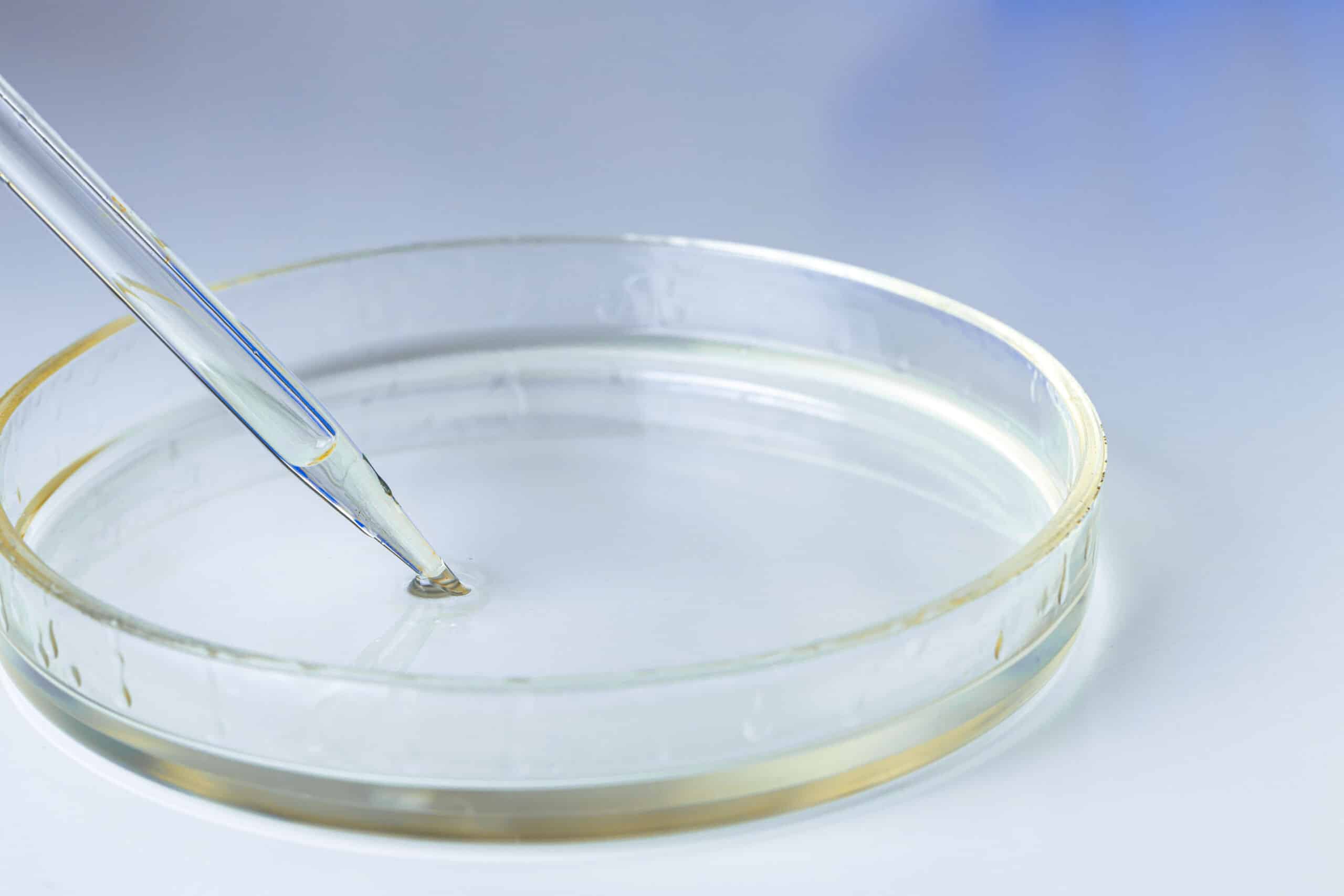
About Our Mold Sampling
Mold is a byproduct of the breakdown of organic matter, such as plants, wood, and even food and certain beverages. The problem posed to humans by mold is their spores, which can be released into the air and land on damp surfaces indoors, where they will continue to grow, if the conditions are right.
In 1993, the Mayo Clinic reported that 93% of chronic sinus infections can be attributed to mold. According to the National Institutes of Health, mold exposure symptoms can include sneezing, nasal congestion or runny nose, wheezing and difficulty breathing, coughing, throat irritation, chest tightness and skin rashes.
Experts from the 2015 documentary “Moldy” claim that between 50% & 70% of homes in the U.S. have mold.
Only 5% of homes sold each year are tested for mold. The impact of mold illnesses is staggering. The goal of sampling is to identify what molds are present in a home. Mold growth left unaddressed can quickly spread and result in damage to the structure of a home.
Attics, basements and crawlspaces are notorious breeding grounds for mold, due to the higher probability of moisture intrusion. Humidity and moisture should be controlled by making sure bathroom fans and appliances, such as the clothes dryer and dishwasher, are vented properly to the exterior. A damp or musty smell is a likely indicator of mold issues and the property should be tested.
Mold testing involves two main methods: 1) Air sampling and 2) Surface sampling. Both types require analysis by a certified laboratory.


Air Sampling
Air sampling is conducted indoors and outdoors using spore traps or canisters. This method is used for homes in areas suspected of having high concentrations of mold spores. The outdoor samples are used to create a control or baseline to determine the level of contamination, and then the control is compared to the indoor samples.
Surface Sampling
Surface sampling is commonly used when there is evidence of microbial growth that is discovered during the home inspection process. A cellulose swab is used to collect a sample(s) of the suspected mold.
We offer these services exclusively with a home inspection.
Concerned about hidden mold? Get the answers you need with a professional inspection!
At Prospective Home Inspections, mold sampling is available exclusively as part of a full home inspection—ensuring a thorough evaluation of your property. While mold isn’t always visible, it can pose risks to both your home and investment. Our expert inspection process helps
uncover what the naked eye can’t see, providing the knowledge you need to move forward confidently.
Don’t wait for uncertainty—schedule your home inspection and mold testing today!


